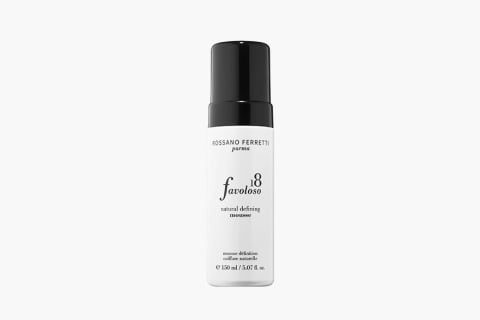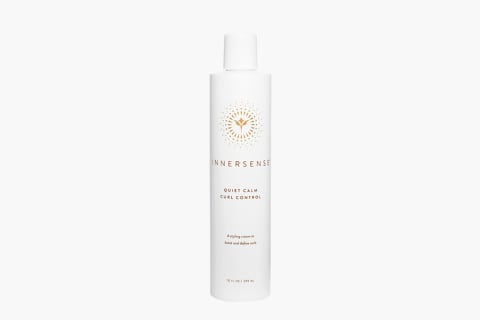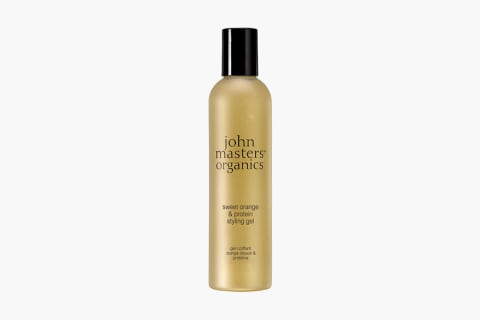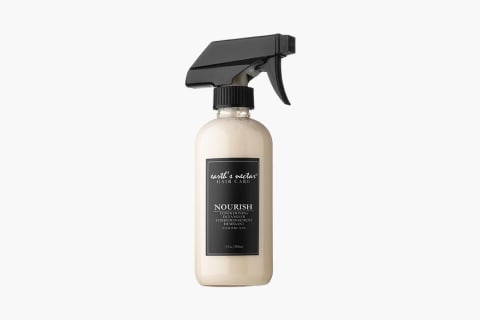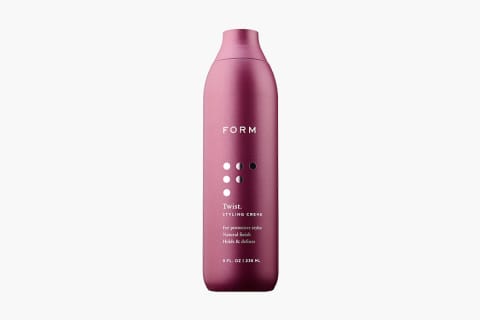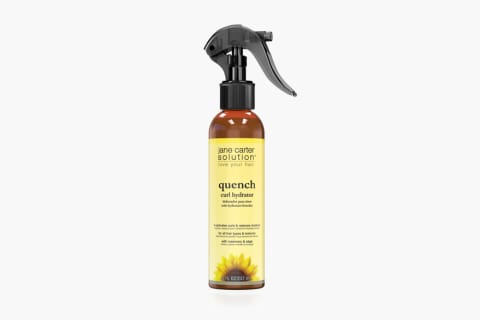Well, as beauty standards have evolved to embrace a much larger spectrum of traits, our collective understanding on hair texture has too. And with this, an explosion of products geared for any and all. Read on below to find about the various types of hair, hair care products, and your curl pattern. There is no set, universally established definition of curl types, but the most widely accepted is this handy curl chart (made famous by Oprah’s hairstylist Andre Walker, so we have another thing to thank Oprah for). It categorizes curls from 2a to 4c. (Pattern 1, you’ll see, is straight, so for the purposes of this article, we’ll be skipping that.) Type 2 is wavy, while Type 4 is kinky; from there, these are broken down into three more subcategories. Being able to differentiate among these helps us talk about hair, understand the nuances, and ultimately be better able to style our own. Knowledge is power! “Start from scratch: Wet your hair in the shower, and let it dry naturally so you can see what your hair pattern wants to do without any manipulation,” says Monarch. “From there, you can start playing with products.” But this isn’t an exact science: Most people have a few patterns to deal with, or a patch or two that doesn’t seem to fit in with the rest. So you might have to do different techniques for different areas, to make it all uniform. And there are other factors at play: Hair porosity, density, and strand thickness. And, sure, these variables tend to be closely associated with certain curl types but not always. “I cannot stress studying your hair enough. A stylist can only give you recommendations, but essentially you go home with your hair,” says Danielle Malary, owner of Lumiere Vive Salon. “Feel your hair out, document how it reacts. Essentially, keep a journal for your hair and learn to love it.” So read on for more info on the various curl patterns, what it means, and how best to style them with natural and clean hair care products. And since there’s so much nuance with curls, you might consider mixing and layering products until you find the perfect cocktail for you. Opt for products that are lighter like milks or serums, as heavy oils and creams will weigh down the strands and pattern, says Monarch. Also: “Don’t apply products at the root.” This type also usually lacks volume, so if you want to amp up your texture, try styling with a mousse with a bit of hold and follow up with texture spray. These curls should invest in moisturizing leave-ins, oils, moisturizing refreshers, and defining creams. “While it’s wet, start setting the curls then,” says Monarch. “You likely know what areas of your hair are flatter than the rest, so I like to tell women to target those first. The strands that have that natural spring will take care of themselves, but it’s important to know what areas need a bit of extra attention.” Here, too, you’ll want to focus on definition of the hair strand so you’ll get a curlier look, so find a good styling cream, serum or gel that gives you the right amount of hold. Curly hair types should also avoid sulfates and dry detergents at all costs—read: sulfate-free shampoos are your friends. Go for moisture and more moisture. “This type of pattern, you can apply oil and creams—wet or dry—and it is going to soak it up,” says Monarch, expressing how important it is for this natural hair type to moisturize (seriously, invest in a hydrating conditioner target specifically for dry hair.) “I like to have to have a jojoba or coconut oil on hand that you can add in when you’re feeling dry. I always start at the ends and work my way up into the mid-shaft.”





